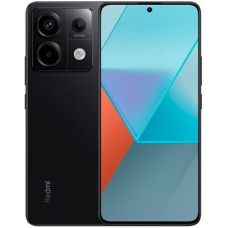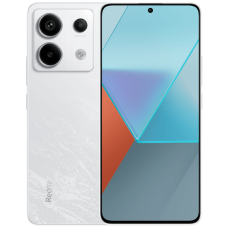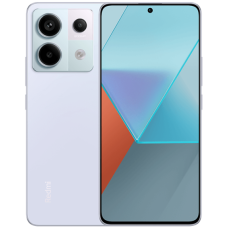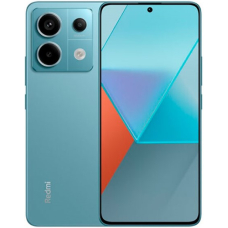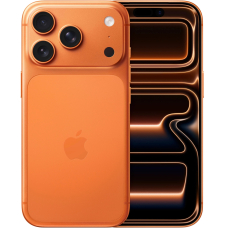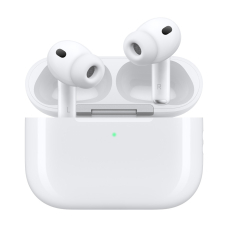




 0
0
948 AED
Not available
Price usa / dollars 260 USD





 0
0
1 068 AED
Not available
Price usa / dollars 293 USD





 0
0
1 068 AED
Not available
Price usa / dollars 293 USD





 0
0
948 AED
Not available
Price usa / dollars 260 USD





 0
0
1 068 AED
Not available
Price usa / dollars 293 USD





 0
0
948 AED
In stock
Price usa / dollars 260 USD





 0
0
1 068 AED
Not available
Price usa / dollars 293 USD





 0
0
948 AED











